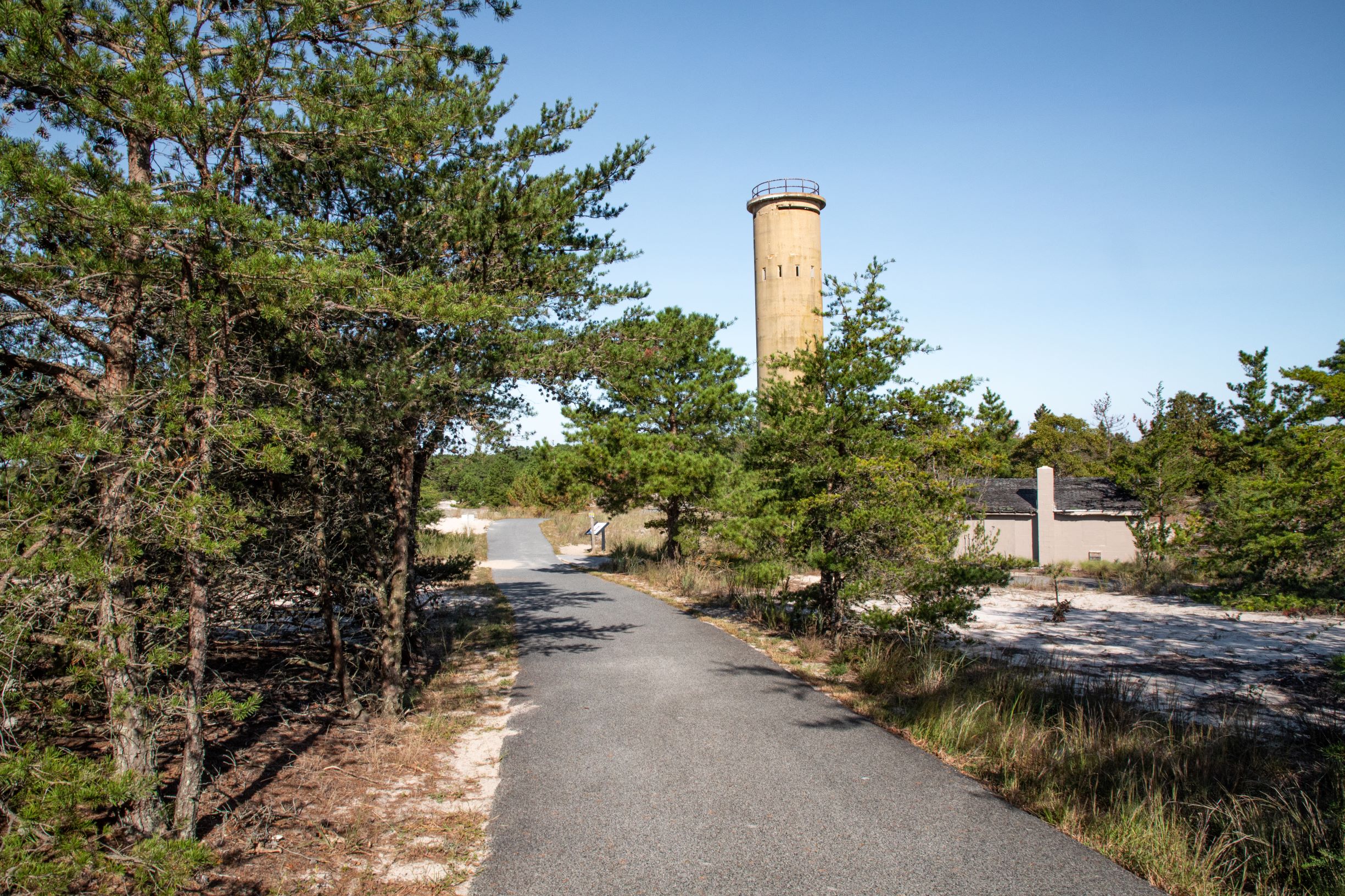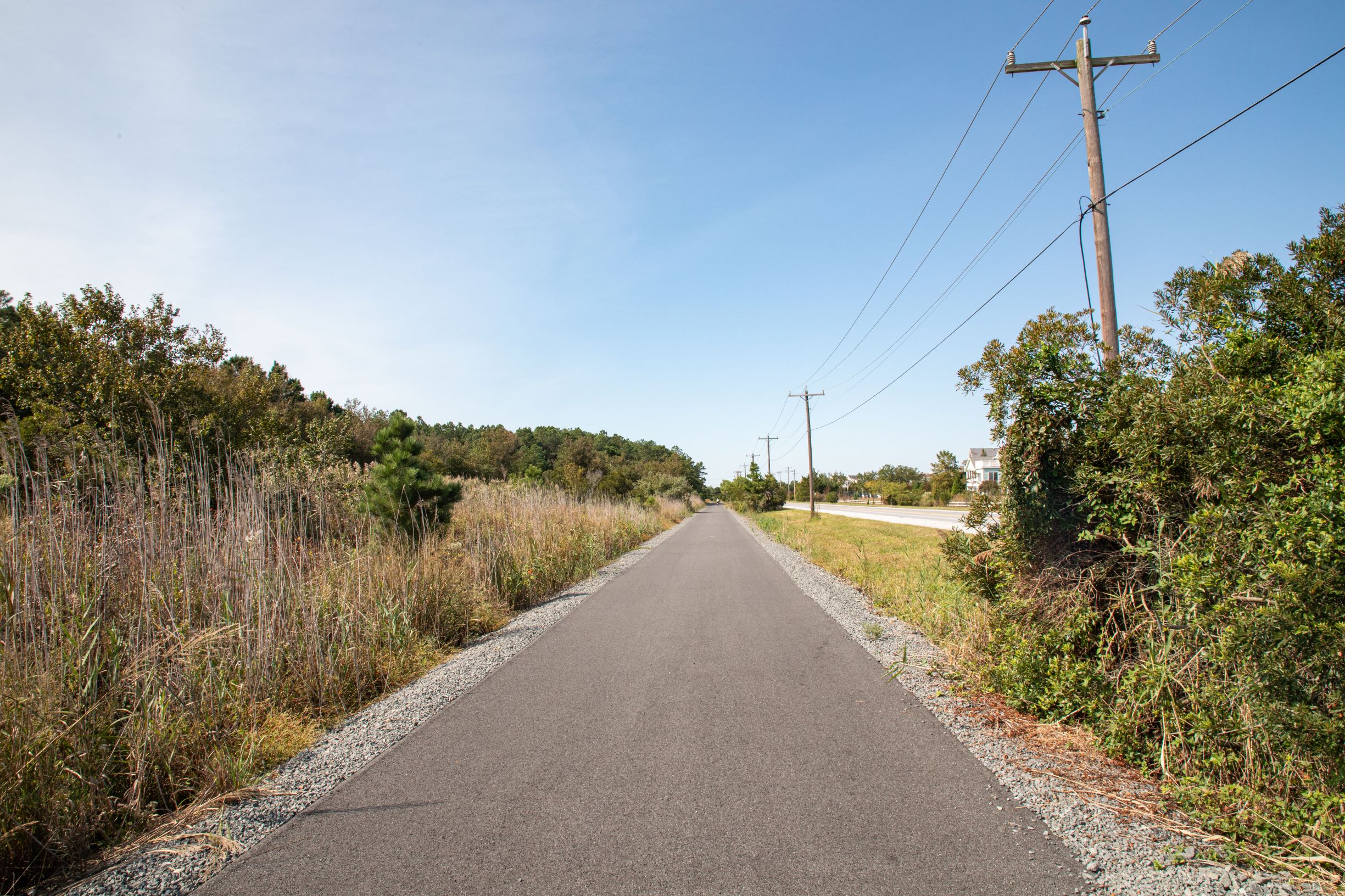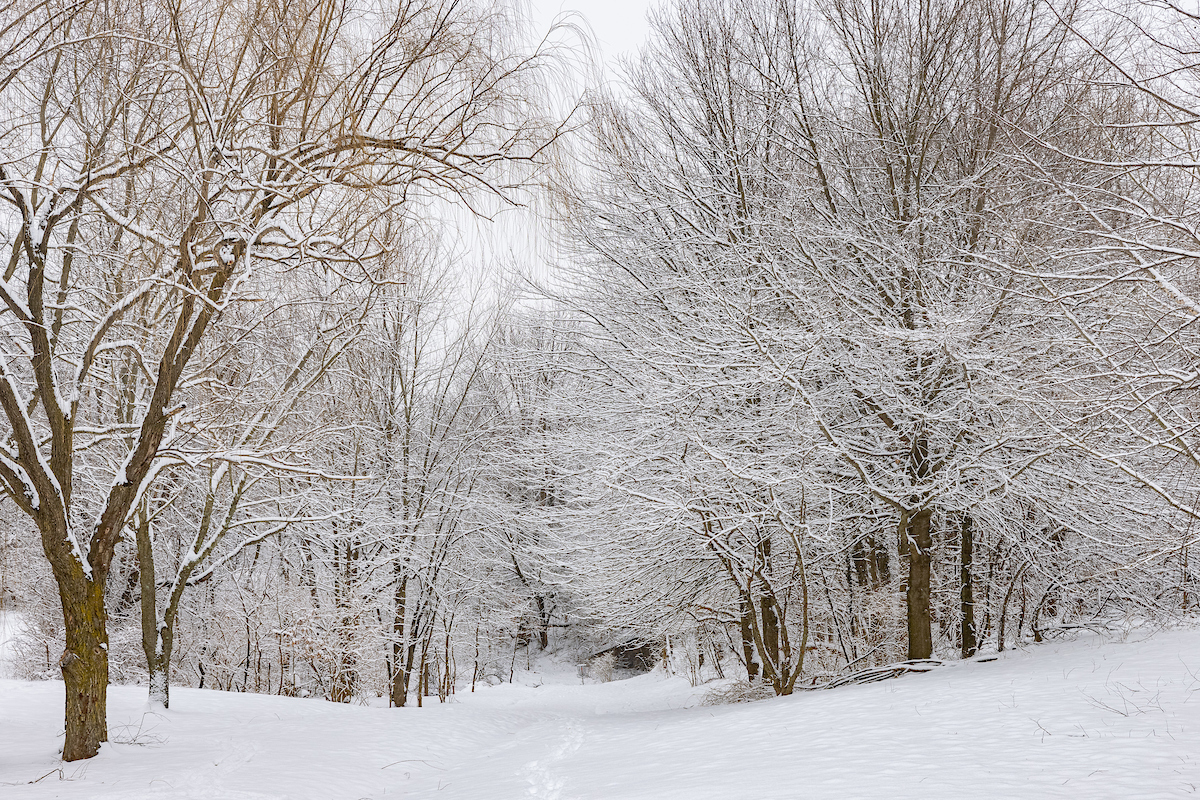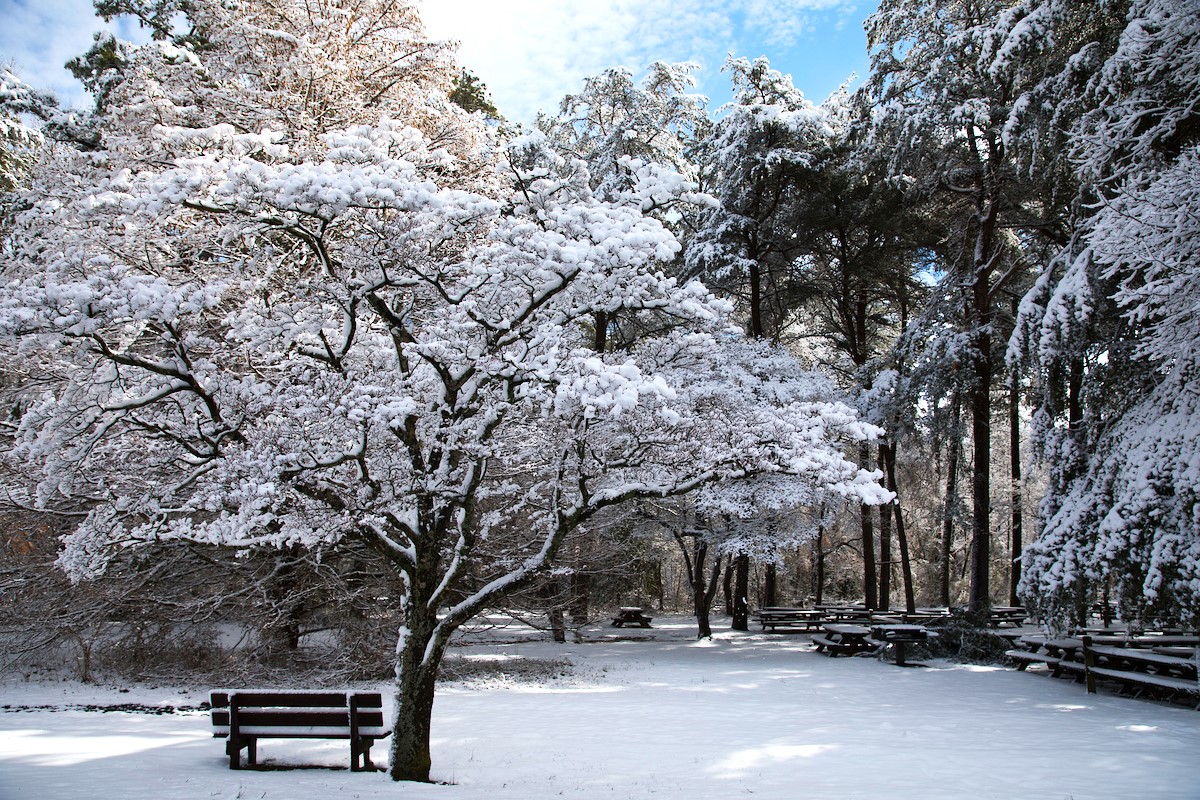
October 14, 2020
By Richard Julian, Nature Center Manager at Cape Henlopen State Park
Cape Henlopen State Park offers a variety of biking opportunities on over 17 miles of trails. Visitors can explore both the cultural and natural resources within the 5,500+ acres of the park. Once the Fort Miles military base, many historic structures such as the Fire Control Towers still stand, remnants of a once active World War II coastal defense system. Trails also allow riders to experience dynamic coastal habitats, including sand dunes, maritime forests, and tidal wetlands. Check out these trails on your next biking adventure at Cape Henlopen State Park!
Park (Bike) Loop
This 3.3-mile paved trail enables cyclists of all abilities to explore the heart of the park. Start from either the Seaside Nature Center, Fort Miles Historic Area, or Main Beach Bathhouse parking lots. Many visitors bike the trail clockwise, going up the steep Great Dune between the Beach Bathhouse and Fort Miles, and then go down the more gradual backside of the Great Dune behind the public campground. Riders will pedal along the ocean dunes and through the maritime forest. The overlook in front of the Fort Miles Battery 519 Museum offers a great view of the Atlantic Ocean.

Walking Dunes Trail
This 2.6-mile trail loop of mostly crushed stone takes bikers to the quieter side of the park. Start at the Herring Point parking lot and go southwest from the kiosk at the trailhead. Pedal through the maritime forest and across tidal marshes. Stop at one of the low boardwalks and take in the wild, scenic beauty of the marsh. The trail then uses an old military road. Follow this 0.5-mile paved portion behind the public campground. Return to Herring Point either by the stone dust trail parallel to the park road or take the single-track trail through the forest.

Gordons Pond Trail
Perhaps the most popular of all the bikeable trails, this 3.2-mile (one way) trail connects the Herring Point and Gordons Pond sections of the park. A combination of stone dust and an elevated boardwalk takes cyclists through maritime forest and tidal marsh, as well as past sand dunes, and of course along Gordons Pond itself. Three overlooks provide views of ocean dunes, tidal marshes, and Gordons Pond. Search for wading birds in the pond during summer and waterfowl in winter. Look for signs of the military’s presence in this area of the park, including the obvious Fire Control Towers and less noticeable telephone poles.

Junction & Breakwater Trail
Much of this 5.8-miles stone dust and paved trail follows portions of the old Junction & Breakwater Railroad. This state park trail travels through maritime forest and crosses tidal creeks. Stop at the old railroad bridge crossing Holland Glade and take in the picturesque view. This trail also offers a non-Route 1 alternative to biking between Lewes and Rehoboth Beach avoiding the hectic traffic. Three parking areas provide access to the trail: (1) behind Tanger Outlets off Holland Glade Road on the Rehoboth Beach end, (2) at the end of Wolfe Neck Road about halfway along the trail, (3) and next to the public library at the Lewes end.

Regional (Grand) Loop
Feeling adventurous? Try cycling this 16-mile loop that utilizes multiple park trails. Many riders start at the Gordons Pond parking lot and take the Gordons Pond trail north to Herring Point. Then take the Park (Bike) Loop to the Lewes entrance of the park. Next, follow the Cape Henlopen Drive connector out of the park into Lewes. Cyclists have two options when they reach Freeman Highway. Either continue over the Freeman Highway bridge and pick up the Junction & Breakwater (J&B) trail across from the Lewes Library, or continue across Freeman Highway to Savannah Road. After crossing the canal, take the first left onto Gills Neck Road and get on the J&B trail just under the Freeman Highway bridge. Continue on the J&B trail, then follow the signs for Hebron Road leading you to Route 1A. After crossing the bridge, follow the brown “State Park” signs around the circle and down Columbia Avenue. Take a left, then a right onto Ocean Drive to get back to the Gordons Pond parking lot.

Please be courteous and share the trail with the many other users, including walkers and birders.
Stop by the Park Office or Seaside Nature Center to pick up a map of the trails, or click here.



